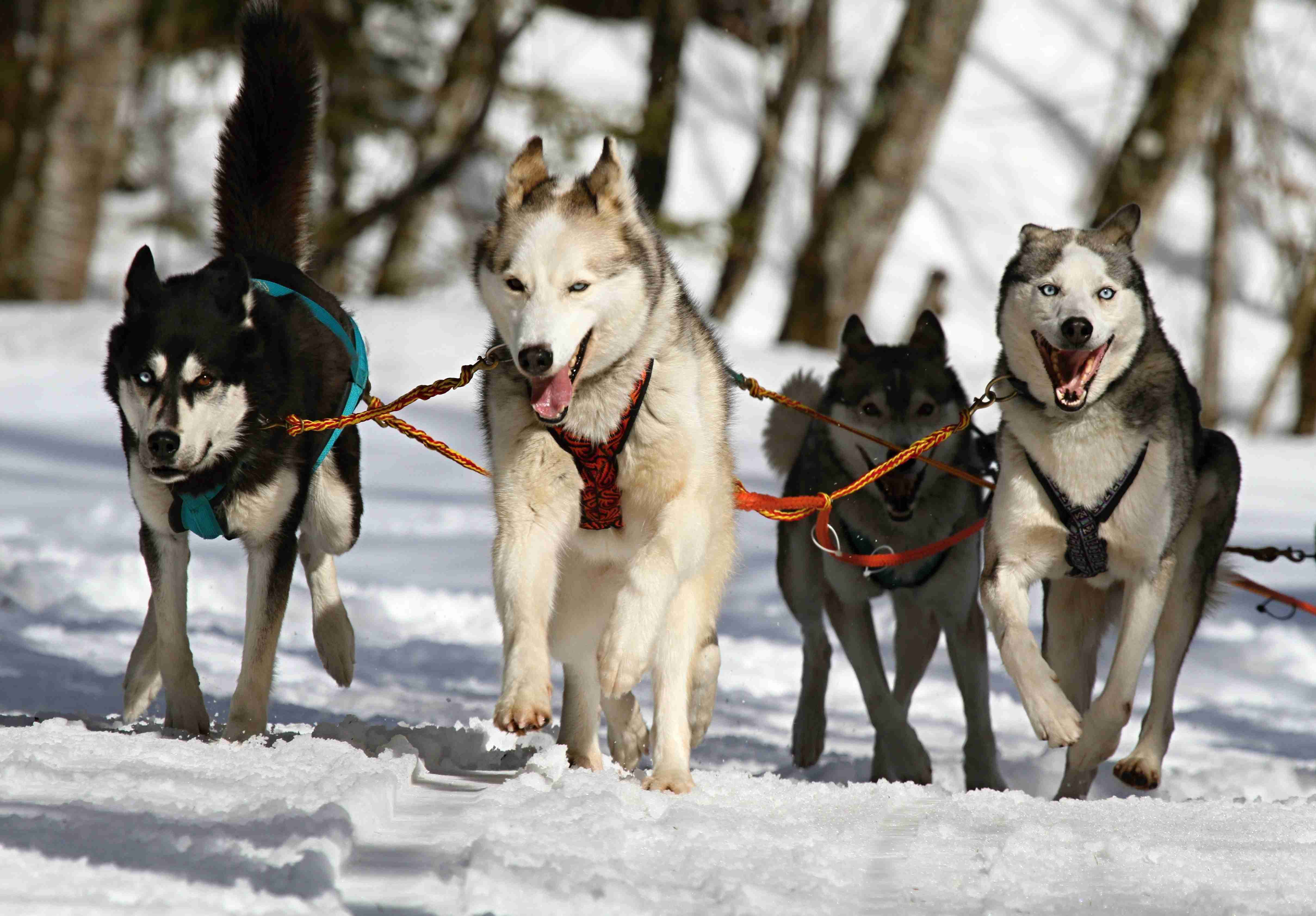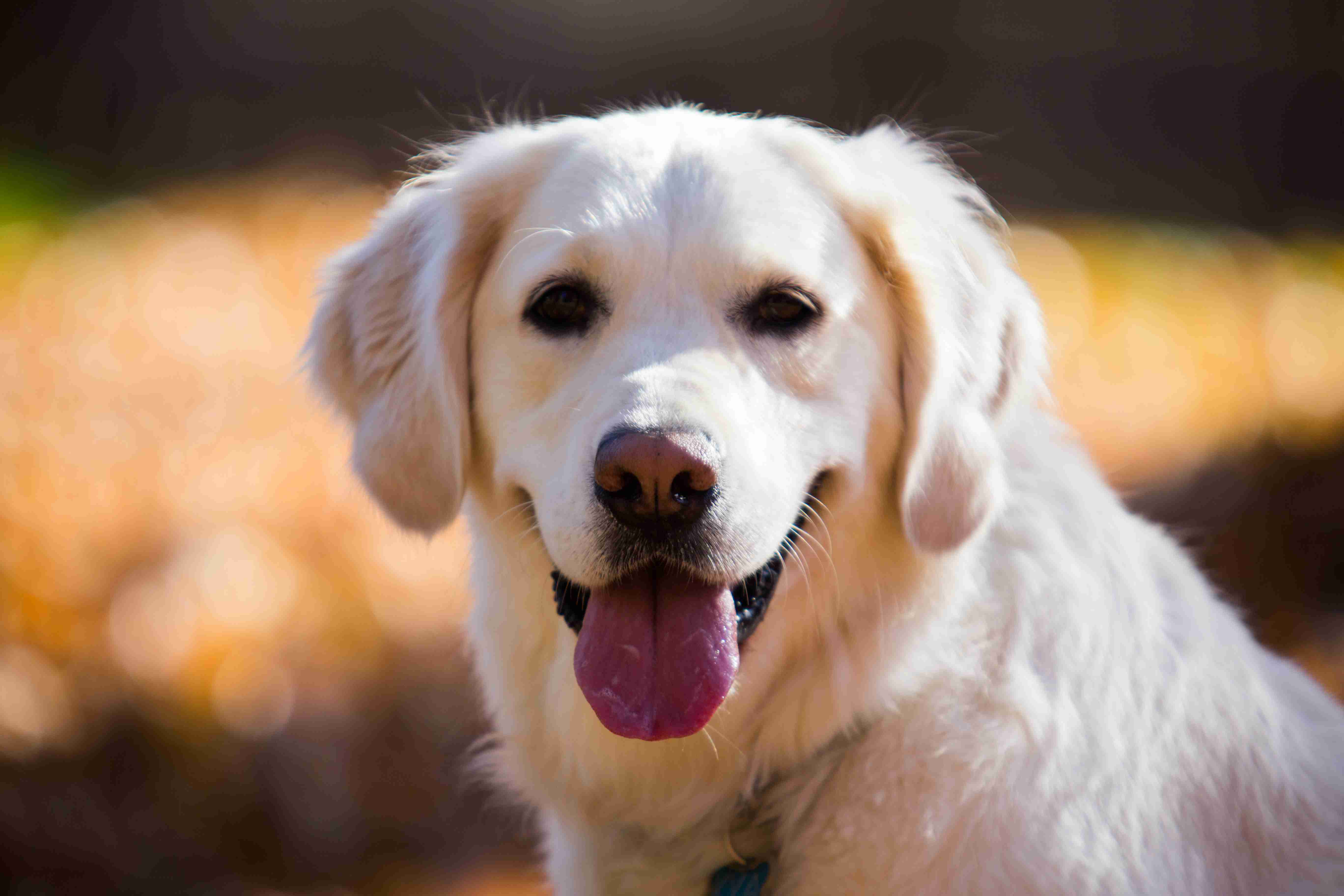As a dog owner, you may have experienced the overwhelming excitement of your furry friend jumping up on you when you come home. While this gesture may seem like a sign of affection, it’s actually a common behavior that dogs exhibit for a variety of reasons. Understanding why your dog loves to jump on you and other people is not only important for training purposes but also for building a stronger bond with your furry companion. In this blog post, we’ll dive into the science behind this behavior and help you better understand your furry friend’s actions.
Understanding Your Dog’s Behavior: The Science Behind Why Dogs Love to Jump on People
Dogs are known to be social creatures that love to interact with humans. One of the most common behaviors that dogs exhibit when they meet new people is jumping up. Although it may seem cute and harmless, excessive jumping can be problematic and even dangerous for both the dog and the person. In this blog post, we will explore the science behind why dogs love to jump on people and what you can do to prevent it.
Why do dogs jump on people?
Dogs have been bred for thousands of years to be social animals that live and work alongside humans. Jumping is a natural behavior that dogs use to greet and show affection to people. When dogs jump up, they are trying to get closer to their human’s face and interact with them on a more personal level. In addition, dogs are motivated by the attention and affection that they receive from humans when they jump up. If a dog has learned that jumping up gets them what they want, they will continue to exhibit this behavior.
What are the risks of dogs jumping on people?
Although jumping up may seem harmless, it can be dangerous for both the dog and the person. For example, a large dog jumping up on a small child can knock them over and cause injury. In addition, jumping up can be intimidating and scary for people who are afraid of dogs or who are not used to this behavior. Furthermore, jumping up can be a sign of dominance or aggression in some dogs, which can lead to more dangerous behaviors.
How can you prevent dogs from jumping on people?

Preventing dogs from jumping up requires both training and management. Here are some tips to help you prevent your dog from jumping up on people:
1. Start training your dog from an early age: It is easier to prevent jumping up when your dog is young. Start training your dog to greet people politely from a young age.
2. Use positive reinforcement: Reward your dog with treats and praise when they greet people calmly and politely.
3. Teach an alternative behavior: Teach your dog an alternative behavior, such as sitting or lying down, that they can do when they greet people.
4. Manage your dog’s environment: When you are in public or around people who are not comfortable with dogs, keep your dog on a leash or in a crate.
5. Consistency is key: Be consistent with your training and management techniques. If you allow your dog to jump up on some people but not others, your dog will become confused and continue to exhibit this behavior.
Conclusion
Understanding your dog’s behavior is essential to preventing jumping up and other unwanted behaviors. Dogs jump up on people as a natural behavior to greet and show affection. However, jumping up can be dangerous for both the dog and the person. By using positive reinforcement and teaching alternative behaviors, you can prevent your dog from jumping up on people. Remember to be consistent with your training and management techniques and always prioritize the safety of your dog and others.
In conclusion, understanding why dogs love to jump on people requires a deeper look into their behavior and instincts. While it may be a natural reaction for them, it is important for dog owners to teach their dogs proper behavior and boundaries in social situations. This can be achieved through positive reinforcement training and consistent practice. Remember, understanding your dog’s behavior is the key to building a strong and healthy relationship with your furry friend. By showing them love, patience, and consistency, you can help your dog become a well-behaved and happy companion for years to come.



.jpg)


.jpg)

.png)